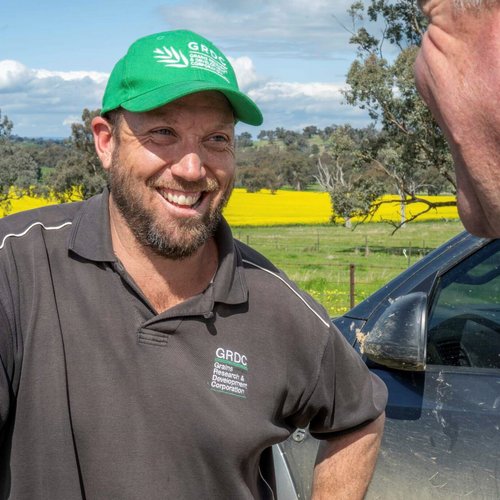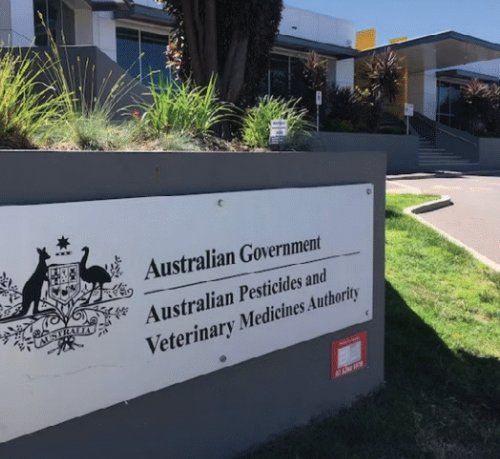Widespread slug damage and crop losses have been reported across southern Australia and moving further north as far as the NSW Central West and southern Liverpool Plains.
Dr Michael Nash of ‘What Bugs You’ said the outbreaks of black keeled slugs were the worst he had seen in 25 years.
“Slugs are particularly bad in the southern regions. They are a known problem in canola but have been very active in emerging cereals and eating baits in one night.
“This year has really highlighted that where we have had a fantastic spring for breeding and plenty of moisture for slugs to be active on the surface. Black keeled slugs appeared in April which was earlier than expected as massive populations survived over summer.”
Dr Nash said the damage had been exacerbated by a shortage of baits. “Growers have had to apply whatever they can get, and this has meant additional losses as some baits don’t hold up to the wet weather as well.”
This has required resowing of crops into a colder seedbed. This seemed to be especially the case with TT canola crops which were a bit slower to establish, making it harder to keep slugs off those crops.
He said the maximum bait label rate for most products provides enough metaldehyde for 100–120 black keeled slugs per square metre, which is more than the normally-expected numbers.
“This year numbers are much greater than that, requiring repeated baiting. We may need to revisit label rates to see if they are adequate. The GRDC is probably already looking into it as part of a research tender to develop new decision support tool to better predict slug numbers, especially high-risk seasons like 2023 and come up with appropriate responses.”
In the meantime, growers were being advised to monitor and re-apply quality baits as often as needed. Some paddocks have had four applications shortly after sowing. In areas with unprecedented rainfall some bait had been applied by aircraft.
Dr Nash said growers in southern cropping regions are generally well prepared with slug bait (dispensing) setups behind the seeder but there was still the odd paddock with “out-of-control numbers”.
Snails had been reported in numerous areas, including Harden, Booroowa Parkes, Forbes and Orange and as far as the southern Liverpool Plains around Merriwa.
“In southeast South Australia, slugs are feeding on faba bean seeds which is unheard of,” Dr Nash said. “They’ve come up out of the soil and have been active on the surface and working their way down the rows and eating the emerging seedlings.”
In Victoria, damage had been reported in Horsham, Minyup and expanding in area through the northern Wimmera. While slugs were well known in canola, Dr Nash said wheat was also being affected.
“In areas where wheat had not traditionally been baited, some growers have been caught out. But now particularly in wheat crops following canola in southwest Victoria, 70-80% has had bait as they know slugs are likely in susceptible crops like canola and now also in wheat, as there was a large carryover of slug numbers over summer.
“An agronomist told me that if we had this many slugs 10 years ago, we would have not had a single canola crop in southwest Victoria. Canola growers have been very proactive at dealing with slugs.
“By using hybrid good seed, separating the fertiliser from seed, achieving good depth placement with better seeders, burning stubble and sowing earlier in combination with baits they are staying ahead of the problem,” Dr Nash said.
“The GRDC has shown that better canola establishment can help it outgrow establishment pests like snails. National Variety Trials have found that sowing in warm soil in the Western District around Hamilton in the third week of April instead of May is helping.
“With all the proactiveness of growers most canola crops where cultural controls – burning cultivation, reforming of beds to flatten them out, and proactively baiting at the maximum label rate with an initial early bait, followed up with long lasting product like Metarex Innov are having success.”
Dr Nash said that as well as slugs, snails were also causing problems especially in grapevines and had continued breeding over summertime because of the favourable seasons.
“Snails are opportunistic breeders and have adaptive strategies. There were very high snail numbers in autumn. The key thing is understanding the situation and be proactive not reactive. Try and keep on top of numbers through cultural practices and baiting for an integrated slug and snail control program.”




